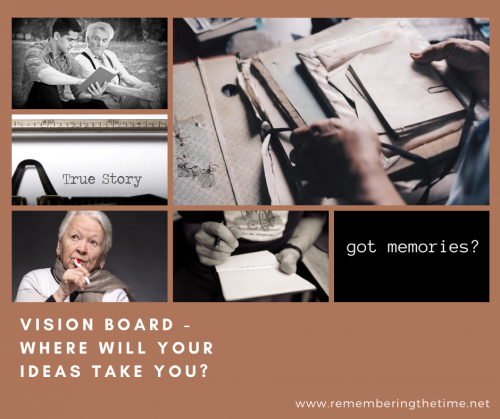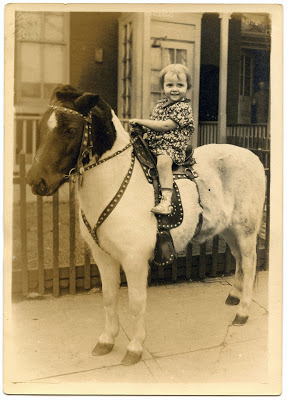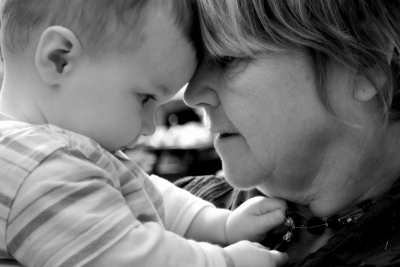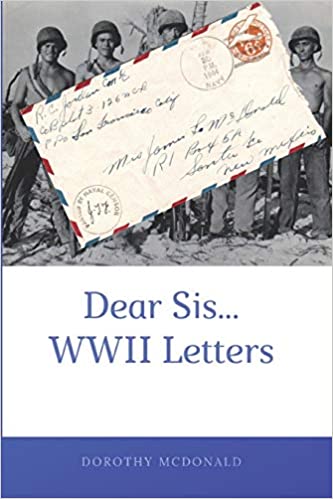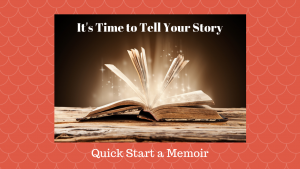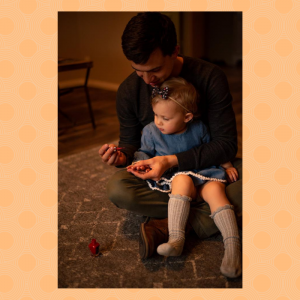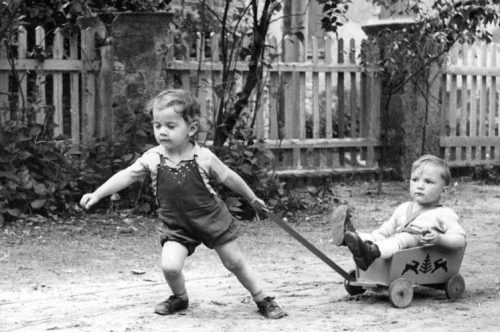
Do your stories often start out, “When I was little…” or “When I traveled to X that summer…” or maybe “When we lived on the ranch…”? Master outdoor humor writer Patrick McManus wrote many books set during the WHEN of his growing up years with his best friend Crazy Eddie. If you haven’t sampled his stories try this one, The Grasshopper Trap.
Your WHEN, like the other memoir keys, will overlap with the other aspects of your story. However, this one serves as the large, solid master key in jump starting your memoir. You get to decide when to focus your story. Spend time reflecting on the times that have stayed fresh in your memory, what stands out? When does your mind like to travel back to? If you’re not sure, talk it over with friends or family and try to narrow down your story to an impactful time frame. Often when we talk our story out with others or ask them what stories they hear us tell the most, we will find our WHEN. You may be surprised at the feedback others give you about the stories and events they find most intriguing in your life. Remember, the decision is yours but don’t be afraid to explore a bit before you settle on your WHEN.
Memoirs can be narrowly focused on a short time period and be as short as a personal essay or book length. They can also cover an entire life…the choice is up to you. What stands out most to you as you think back over your life and times? Think about where the story lies, what grabs your heart, mind and soul?
Photos are great tool for narrowing down your WHEN. Go through your collection and set aside a few extra photos that illustrate this well for you. It’s good to have choices and your memories will be prompted by different images, see where they take you.
If you’re working on someone else’s story what memories tend to come up repeatedly when you’re talking with them? The answer to this question will help you focus your WHEN. Your chosen time might be dependent upon a memorable historical event or season. For example, the novel The Grapes of Wrath focuses on one family during the Great Depression. The Journals of Lewis and Clark cover one massive exploration event. The Diary of Anne Frank is constrained not only in its “when” but its location.
Look for the key moments and pay attention to what else was going on in the world at that time. This will often help shape the other sections of your memoir, especially the WHY. Explore the nature of your story’s WHEN, one story at a time. If you’re working with a grandparent or other elder, or perhaps even someone who’s no longer alive, this technique works well. Good questions to ask might be related to technological advancements like a lunar landing, world shaking events like wars and natural disasters, or the rise or fall of a world leader. Just as we’re sharing stories of our experiences during this worldwide pandemic, others did the same thing during the 1918 flu epidemic. These are universal human experiences full of story.
If your WHEN covers childhood, mine the events of that time for relevant material, they are some of our favorite recollections. There are countless television shows, movies, and books written about childhood memories. Remember the much-loved Wonder Years television series? Or The Waltons? These story lines did an amazing job of tying in larger societal events in the context of their impact on the characters. Memoirs work the same way. Your impressions and reactions to the events you witnessed at that specific point in time are unique to you but will resonate with others in the universal human language of emotion.
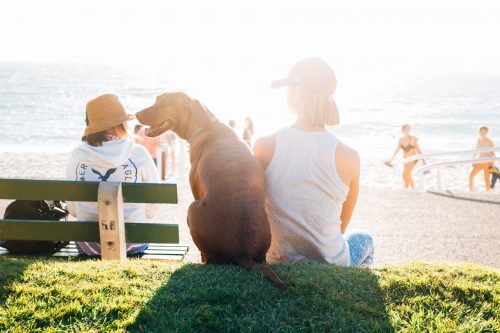
Perhaps your story will center around coming-of-age or a season of loving a favorite pet. The book Rascal, by Sterling North tells the delightful story of one young boy’s pet racoon. Fiction uses the same technique, think about the narrow time setting in To Kill a Mockingbird.
The stories we tell around the family dinner table or at holiday gatherings often start with the phrase “Remember when…?” Revisit these conversations in your mind and as you review your photographs, it will help you define the time setting of your story. Think both broad and narrow; your WHEN might involve personal or family life events that charted the course of your own days. Or historical events you witnessed may call you to share your perspective. You were there, you lived it, share your memories. Brainstorm what you felt, saw and heard. You get the idea, free write everything you can think of.
Remember your first love? That first car or job or when you first moved out on your own? Your wedding day or the birth of your children? Take your pick, there’s a wealth of memories lying behind the door your WHEN key will unlock. Involve your senses as you take notes and prep for working on this part of your story. What did the flowers look and smell like? How about the food that was served? Maybe the smell of fresh tilled fields always takes you back to that childhood summer on the farm. Do you remember the first time you went to the fair; the smell of corndogs and cotton candy mixed with the livestock barns? Unforgettable! Remember…the smell of a summer rainstorm, walking a favorite dog and hugging his soft side, the taste of Grandma’s fresh chocolate chip cookies, the smell of your great uncle’s pipe tobacco, the stories heard while spending time with a loved grandparent.
Pay attention to what stands out as you write down or record your memories, note the emotions and thoughts that rise up repeatedly. This is most often where your story lies – its the WHEN key under the mat, the sign post for your memoir. Give the future a gift of memories, personal and world history from your perspective.
Spend some time choosing your WHEN, you’ll be glad you did. This key will unlock doors and the stories will come tumbling out.

